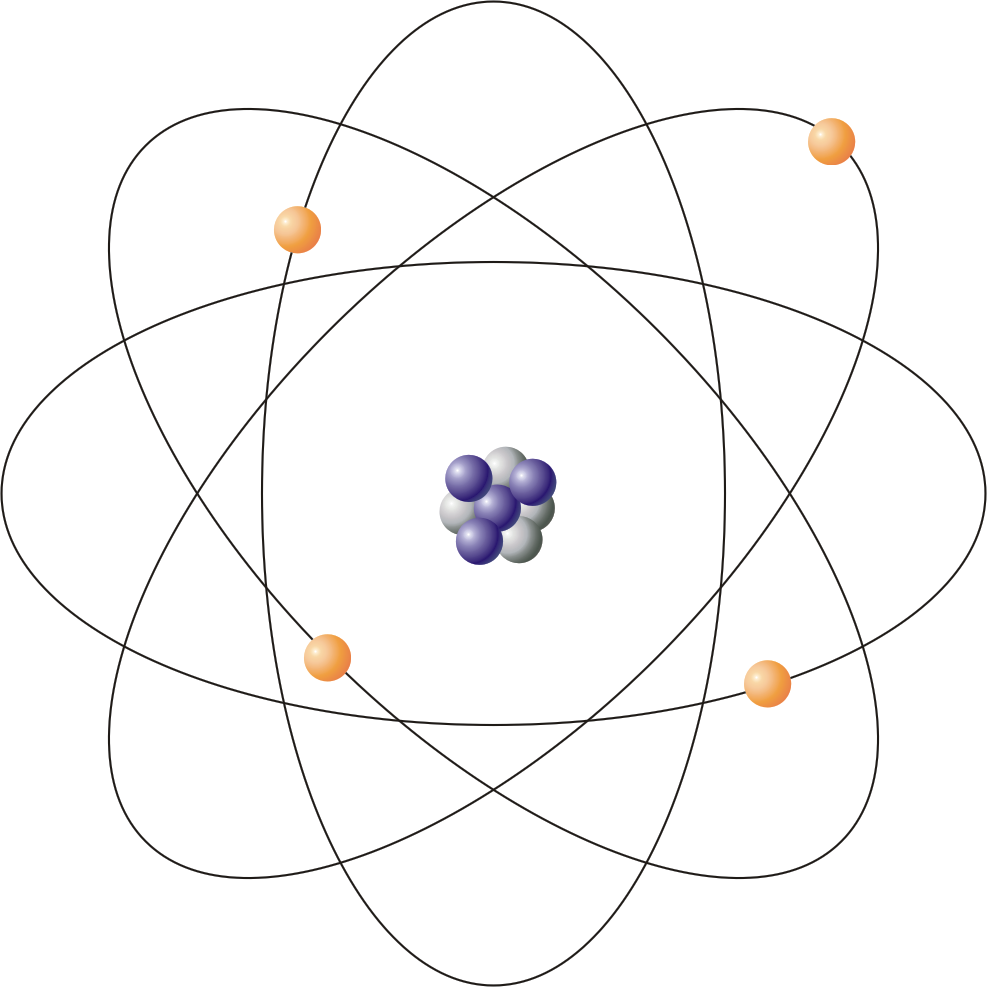When one contemplates the fundamental building blocks of matter, the concept of the atom emerges as a quintessential idea in both physics and chemistry. Although it is often articulated that the atom is “just a theory,” this assertion warrants meticulous scrutiny. The atom as a theoretical construct serves not merely as an abstract notion but as a crucial linchpin in our understanding of the natural world. To grapple with the intricacies of this topic, we will explore the nature of atomic theory, its historical evolution, and its profound implications across various scientific fields.
At the core of the discourse surrounding the atom lies the essence of scientific theory itself. A theory is not merely a conjecture; it is a robust framework built upon empirical evidence and rigorous experimentation. The atomic theory, in particular, emerged from a concatenation of observations made by pioneering scientists such as John Dalton, J.J. Thomson, Ernest Rutherford, and Niels Bohr. Each contributed pivotal insights that coalesced into a comprehensive model of atomic structure, representing a significant paradigm shift from earlier, less nuanced understandings of matter.
Initially, Dalton’s postulates in the early 19th century asserted that matter is composed of indivisible atoms, a revolutionary revelation at the time. This assertion ignited a fervor of exploration into the very essence of existence, prompting inquiries into the elemental constituents that comprise various materials. Dalton’s model posited that atoms of different elements could combine in specific ratios to form compounds, serving as the foundational bedrock for the burgeoning field of stoichiometry. This theoretical framework received substantial bolstering as subsequent discoveries—such as the electron, proton, and neutron—unraveled the complexities of atomic structure further.
In the pursuit of elucidating the atom’s characteristics, the transition from Dalton’s indivisible particles to a more nuanced understanding reflected an evolving narrative in science. J.J. Thomson’s discovery of the electron in 1897 radically redefined the structure of the atom. The realization that atoms were not merely solid entities, but rather intricate systems consisting of subatomic particles, catalyzed a shift in scientific paradigms. Moreover, Rutherford’s gold foil experiment unveiled the existence of a dense nucleus, surrounded by a cloud of electrons, thereby reinforcing the importance of hierarchical organization within the atomic realm.
Though the atomic model has undergone multiple refinements, its theoretical basis remains compelling, particularly in its applicability. Mathematical constructs derived from atomic theory, such as quantum mechanics, have provided extraordinary predictive capabilities that have been validated through experimental observations. The quantization of energy levels, the wave-particle duality, and principles encapsulating uncertainty have all contributed to elucidating phenomena that govern the macroscopic world. The atom, thus, is not merely an abstract concept, but a critical player in the tapestry of scientific inquiry, entwined in the very fabric of modern physics.
So, why do we persist in employing a theoretical framework? The answer lies in the indomitable results emanating from the atomistic perspective. From the realms of chemistry to astrophysics, the atomic model forms the cornerstone of numerous scientific disciplines. Understanding the interactions of atoms allows for innovations in technology, as seen in semiconductors and nanotechnology, where manipulation at the atomic level has led to revolutionary advancements. Furthermore, the development of pharmaceuticals hinges on an atomic comprehension, enabling synthetic chemists to design targeted therapies that can interact with specific molecular structures.
The implications extend into environmental science, where atomic theory aids in understanding complex phenomena such as chemical reactions in atmospheric processes. The study of pollutants, greenhouse gases, and their atomic interactions provides invaluable insight into addressing pressing climate issues. The pervasive influence of atomic theory reaches into energy production as well, underscoring the principles governing nuclear reactions that power our modern society.
Moreover, the notion of the atom instills a profound curiosity about the universe and its mechanics. Delving into the quantum realm unravels not only the minutiae of particles and forces but also philosophical inquiries concerning the nature of reality itself. Questions about determinism and randomness, of dualities and parallel dimensions, emerge as a byproduct of exploring atomic theory. This encourages a shift in perspective that not only values the theoretical, but champions the importance of inquiry and the relentless pursuit of knowledge.
In sum, the assertion that the atom exists merely as a theory overlooks its substantive underpinnings and the transformative power it wields in our understanding of the universe. Our continued engagement with atomic theory is not merely an academic exercise; it is an exploration into the essence of existence itself. As research burgeons and technology evolves, the atom will remain a pivotal point of reference in deciphering the complexities of both the micro and macro. Hence, the question posed—”If an atom is just a theory, why are we using it?”—is met with the resounding affirmation that it is not the theory that binds us, but rather the extraordinary revelations it bequeaths upon humankind.












